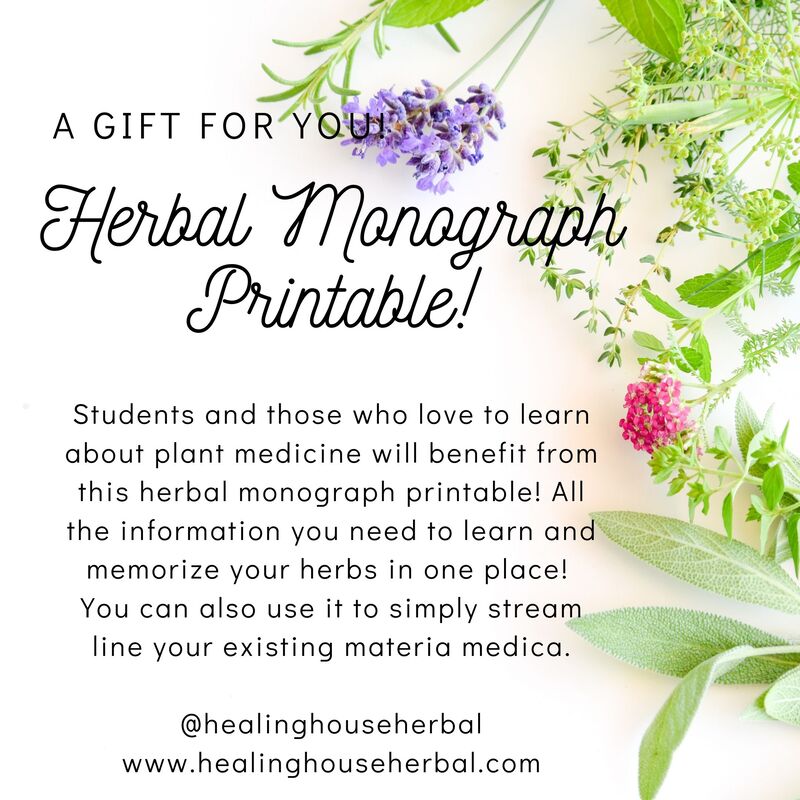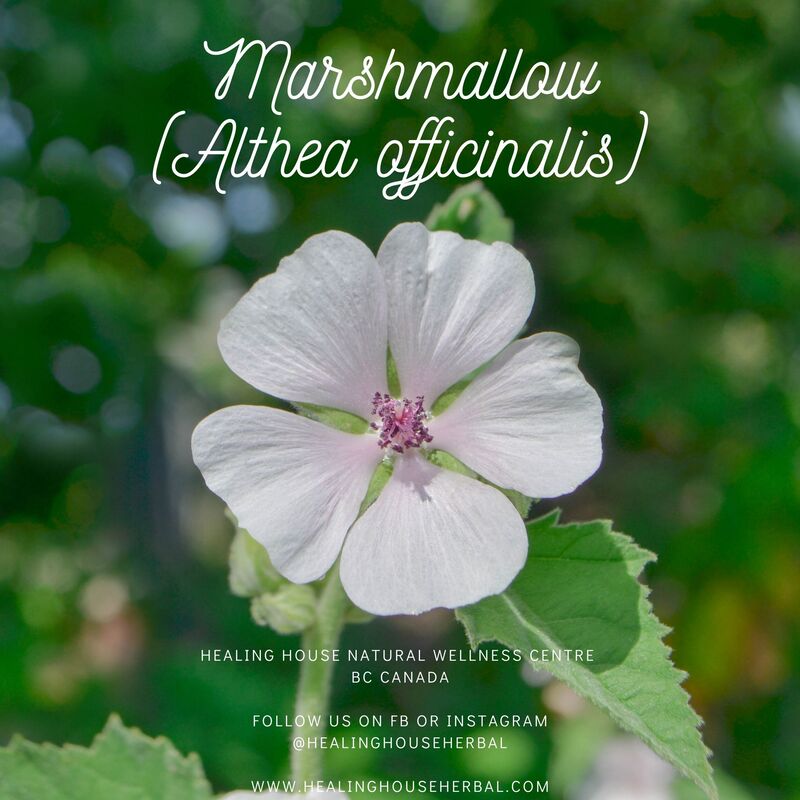|
When I was going to school at Dominion Herbal College, the main focal point of my studies for the first two of my four years was Materia Medica. Materia Medica is in essence, knowing/memorizing the medicinal use of plants. Yet, it goes so much more beyond that. As a clinical herbalist you are required to know the individual herbs you are working with, you must known their medicinal actions, their chemical constituents, the various body systems they are best for, and also their pharmaceutical applications, dosage, contraindications, what herbs are not appropriate with prescription drugs, and what herb combinations are best for certain conditions. Putting this knowledge to practice was a challenge! What I found even more challenging was that there was no pre-determined way in which to learn the material beyond just taking notes from books and lectures. I am a visual learner, and I learn best when things are organized and easy/appealing to look at. I also find that material is more easily memorized when I write things down versus typing things in a graph or on a paper. I imagine I am not the only one, and likely was not the only student often frustrated with how to learn hundreds of herbs. Today I have students of my own, both in herbal medicine and in holistic nutrition. On both ends of the spectrum, they learn about herbs. Obviously those training to be clinical herbalists or master herbalists are studying many more plants and in far greater depth than those studying holistic nutrition, but I feel this printable can be used by professional or informational studies alike. At the bottom of this field you will find two files. One of them is an example on how to fill in the form, and the other is the actual blank form. Both can be downloaded. I hope you enjoy this little gift of learning, and hope you will utilize it in your studies! With love of learning, Petra Sovcov - CHT
9 Comments
Indigenous to Asia minor and the greater part of Europe. Later naturalized on the east coast of the US in New England and New York – partial to salt marshes, damp meadows, by the sides of ditches, and by the sea and on the banks of tidal rivers. The generic name Althea, is derived from the Greek, altho (to cure), from its healing properties. The name of the order, Malvaceae, is derived from the Greek malake (soft), from the special qualities of the Mallows in softening and healing. Most of the Mallows have been used as food, and are mentioned by early classic writers. Mallow was a vegetable dish among the Romans and was considered a delicacy. In many other parts of the world it was used during times of famine. Dioscorides extols it as a remedy, and in ancient days it was not only valued as a medicine, but was used, especially the Musk Mallow, to decorate the graves of friends. Uses for Marshmallow have been documented for over 2,000 years. Family: Malvaceae Parts Used: Root (On a two to three year old plant) – Also the Leaves and occasionally the Flowers Root is collected early in the spring or fall. The leaves are picked in August, when the flowers are just coming into bloom. They should be stripped off singly and gathered only on a fine day, in the morning, after the dew has been dried off by the sun. Other Common Names: Mallards, Mauls, Schloss Tea, Cheeses, Mortification Root, Guimauve tea, Malve, Malvavisco, Malvavisce, GulKhairu, K’uei, Sweet Weed, Wymote, Witte Malve Misc:
Emollient Protective Nutritive Demulcent Anti-inflammatory Anti-Irritant Alterative Antitussive Vulnerary Diuretic Moistening Soothing
Chemical Constituents: Starch Mucilage Pectin Sugars Asparagin Flavonoids Tannins Scopoletin Salt Phenolic acids Acidic polysaccharides What are its uses?Head, Ears, Eyes, Nose, and Throat:
Integumentary System (Skin):
Mental Health:
Respiratory System:
Digestive System:
Urinary/Renal System:
Endocrine System (Hormones):
Cardiovascular System:
Circulatory System:
Immune/Lymphatic System:
Reproductive System:
Musculoskeletal System:
Specific Diseases/States/Infections/Viruses/Bacteria:
Combinations:
PharmacyMax Daily Dose:
ApplicationsInfusion:
Misc:
Pharmacological Research
Safety Concerns and Contraindications
References
|
Petra Sovcov is not a Medical Doctor (MD) nor a Naturopath (ND), she is a Clinical Herbal Therapist (CHT) and holds a Doctorate in Natural Medicine (DNM). The suggestions or recommendations made on this site are not meant to be a substitute for advice from your MD, or as a substitute for any prescriptions you may be taking. Suggestions followed will be the responsibility of the reader, and are stated with the intention of interest and education only. If you have a health issue, please see your primary care physician (MD) first and foremost. Categories
All
Archives
July 2024
|
||||||||||||



 RSS Feed
RSS Feed